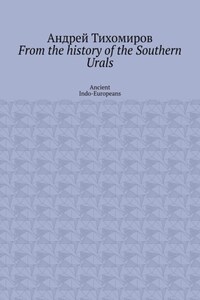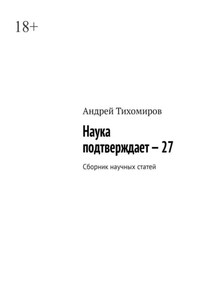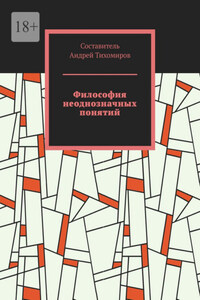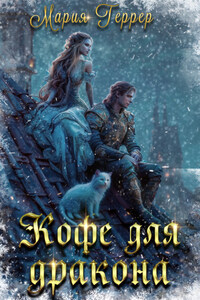From the history of the Southern Urals
From the 3rd millennium BC to the 7th century BC, the Great Migration of Peoples from the Middle East to Central Asia and India took place in waves. The «Country of Cities» is located on the territories of the Chelyabinsk region, Orenburg region, Bashkortostan of the Russian Federation and northern Kazakhstan. The settlements are scattered over an area with a diameter of 350 km. The term «Country» best characterizes this location of cities. In addition to the fact that all the discovered cities were built on a compact territory in the same period of time, in the same architectural style and using the same engineering solutions, similar materials, other unifying properties are also visible. The cities of the Sintashta culture were inhabited by people of the same ethnic group (belonging to the Caucasoids) and conducted similar economic activities. The age of the monuments – the youngest of them is 3700 years.
Gradual warming caused the melting of glaciers, which retreated to the north, and the land began to awaken to life, young growth appeared – plants, they were eaten with pleasure by animals that migrated along with the melting of glaciers. Following the animals, primitive hunters moved, hunting for migrating animals. The center of glaciation of the Urals was the Ural Range, ice from the mountains flowed down from the range to the lowlands during the warming period, forming seas and lakes, the glaciers of the Ural Mountains gave rise to icebergs in the Arctic Ocean. Ancient glaciation was more clearly expressed in the north of the Ural Mountains: in the Polar and Subpolar Urals. In the Holocene (15—10 thousand years ago, the postglacial era), due to significant climate warming, the size of the ancient Pleistocene (lower Quaternary era) glaciation sharply decreased. At this time, most of the glaciers of the Urals disappeared. A new cooling in the Urals in the so-called Subatlantic period (mid-1st millennium BC – 3—4 centuries AD) led to the appearance of new glaciers that preceded the modern ones. Ancient Indo-Europeans build special closed settlements. Indo-Europeans learned to extract swamp ores and smelt iron from them. Iron was an accessible and cheap metal for them. Iron ores are more widespread than copper and bronze, and therefore a monopoly on this metal did not arise: its ores are formed in large quantities under the action of microorganisms in swamps and other stagnant bodies of water. And the area of settlement of the Aryans was characterized by an abundance of lakes and swampy territories. Iron was easy to mine, but its smelting and processing required certain skills, which gave impetus to the widespread development of blacksmithing and other crafts. Iron tools replaced soft bronze and finally displaced stone. Due to the use of iron sickles, ploughshares, scythes and axes, necessary for slash-and-burn agriculture, Aryan agriculture began to develop more intensively. Settlements began to form everywhere, between which lively trade was established over time.










